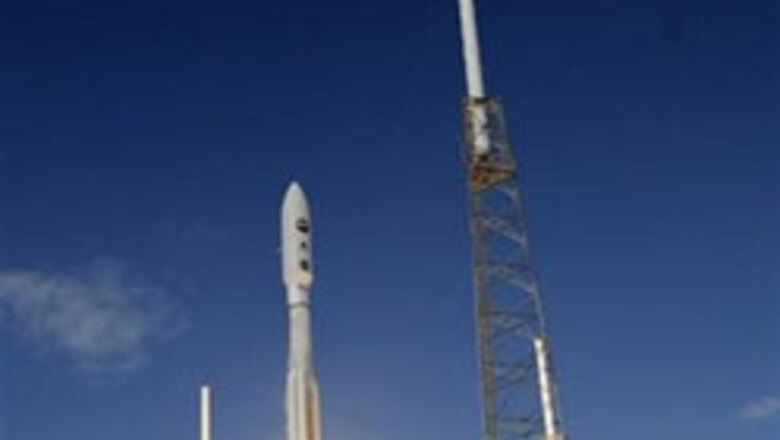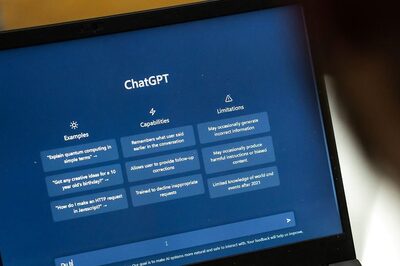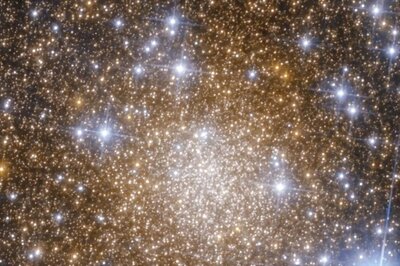
views
Washington: A US spacecraft is zooming toward a close encounter with Jupiter to study its tempestuous atmosphere, ring system and four of its moons before dashing off to see distant Pluto in 2015, scientists said on Thursday.
NASA's New Horizons, the fastest spacecraft ever built by humans, is due to reach Jupiter, our solar system's largest planet and fifth from the sun, after a 13-month journey from Earth, flying almost half a billion miles.
Launched on January 19, 2006, it is set to make its closest pass by Jupiter on February 28, flying within 1.4 million miles.
NASA scientists said the main purpose for visiting Jupiter is to exploit the giant gas planet's gravity to slingshot New Horizons at 52,000 mph (84,000 kph) toward frigid and unexplored Pluto, a journey that will take eight more years.
Doing it this way shaves three years off the trip, said Alan Stern of Southwest Research Institute in Boulder, Colorado, New Horizons' principal investigator.
Since New Horizons was in the neighborhood, the scientists figured it may as well do some sightseeing.
Seven other spacecraft have visited Jupiter from Earth, including Voyager 1, Galileo and Cassini, but none had equipment as sophisticated as New Horizons' seven science instruments.
Stern said studying Jupiter, its four big moons Io, Europa, Ganymede and Callisto, its ring system and the magnetic field enables NASA to "work out the kinks" in the craft's systems and instruments so there are no surprises when it gets to Pluto.
PAGE_BREAK
’Learn a lot’
"Jupiter is extremely fascinating in its own right, and we'll be making the most of this opportunity to learn a lot about Jupiter itself," added John Spencer of the New Horizons Jupiter Encounter Science Team.
The craft, now 41 million miles from Jupiter, already has taken dozens of images and will make more than 700 observations in all, the scientists said.
New Horizons, a compact, 1,050-pound (476 kg) spacecraft, will look at Jupiter's turbulent and stormy atmosphere, they said.
Spencer said it will examine Jupiter's famous Great Red Spot, the storm about twice the size of the Earth that has been raging for several hundred years.
It also will get the first close-up look at the Little Red Spot, a storm that formed in the last few years when three smaller spots coalesced, the scientists said.
Images already taken as it approaches Jupiter show that turbulence previously observed near the Great Red Spot has dissipated, they said.
Spencer said the craft will look at volcanic activity on Io and features on Europa, where scientists think liquid ocean lurks underneath an icy shell.
Jupiter's small ring system certainly is far less impressive than the massive rings around neighboring Saturn, and they were discovered only in 1979.
"This should be the most detailed investigation of the ring system that's ever been done," Spencer added.
The craft's instruments will allow scientists to understand the ring system's three-dimensional structure, Spencer said.
NASA also plans for the craft to take a first-ever trip down the long "tail" of Jupiter's magnetic field -- a wide stream of charged particles stretching millions of miles (km) into space.
New Horizons is due to spend five months studying Pluto and its three moons after arriving in July 2015.
If all goes well, it could study one or more smaller worlds in the Kuiper Belt, the region at the far reaches of the solar system of ancient, rocky and icy bodies.




















Comments
0 comment